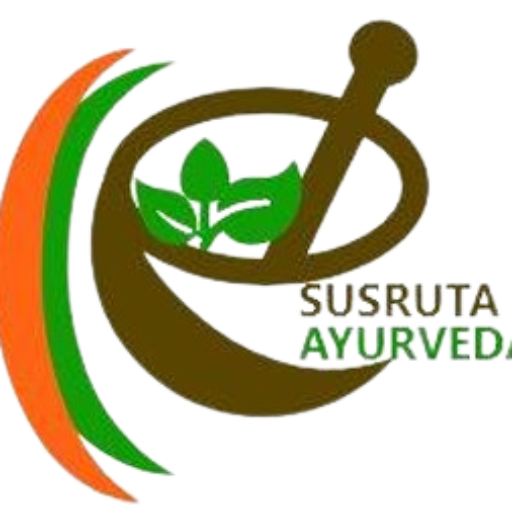Have you just received a most beautiful gift, a baby from God? Congratulations to you all. Are you afraid of what impact did it had on your body, being a new mom is a great experience for you, you had gone through lots of ups and downs of mood swings so now it’s time to stabilize the mental and physical strength both? Postnatal Yoga is one of the easiest and funniest ways to achieve that. Postnatal Yoga can help you in both ways, mentally, physically, and overall holistic development.
What Is Postnatal Yoga?
Postnatal yoga is a certain specified form of yoga that is helpful and designed especially for new moms. It mostly holds poses that are calming and restorative in nature. Yoga helps to restore vitality, strength, increase stamina, energy, and flexibility. Usually, different forms of yoga target different regions or aspects of the body.
In post-natal Yoga, forms of yoga basically focus on the strength and functioning of the pelvic region which had suffered a portion of weakness during pregnancy or delivery. These yoga poses are performed or practiced during the first weeks and months after childbirth. After achieving the ‘back to normal’ phase, you may desire to perform the transition to certain other yoga styles to attend to new targets or aims or more challenging goals.
Eligibility of post-natal Yoga
Post-natal yoga usually holds poses that are gentle and smooth are aimed to restore vitality and functions, so it is not restricted to the postnatal phase only, can be done by anyone. It’s not a matter of discussion that you delivered a baby by normal or difficult delivery or gone through Caesarion section, the only thing matter is that after delivery you should attend a stage of no bleeding then without any worry you can perform postal yoga.
As Postnatal yoga generally includes mild or gentle poses that are easily performed at home without any special trainer also. This exclusively includes the n movements of hips, spine and promotes pelvic strength. These poses can be performed while your bay at nap or early in the morning before your house making starts. Below, some of the poses are listed: –
- Bhujang asana (Cobra pose) –Initially lie flat on your belly then raise shoulders and area of belly above the umbilicus with pressing the floor with both hands in the line of should as shown in the picture below and slowly uplift the front portion till you can with the backward extension of the spine. Hold the breath as you can and then relax by exhaling the breath. Repeat this pose five times of inhalation or breathing time.•
- Wide Forward Bend: This yoga pose is performed with the legs spread wide in a standing position then forward bent your spine or body from the hip joint with knees straight. Forward bending is done till your palms rest on the floor in front. You can extend this pose by bending your knees and touching on floor. Hold the pose till five breathe. Then slowly stand up and relax. Remember to not feel dizzy.
- Modified Downward Dog – Downward dog is a pose that puts the hands and feet on the floor. Your hands are usually several feet in front of your feet. With a modified downward pose, your body angle may reduce. Instead of resting your hands on the floor, put your weight on your forearms. Keep them parallel. And breathe. Keep your eyes on your ankles or feet and enjoy stretching your hamstrings and lower back.
- Other poses to consider include:
- Sukhasana
- Virabhadrasana
- Marichayasana
- Leg cycling Surya namaskar
- Lizard pose
- Pigeon pose
- Ustraasana
- Halasana
Yoga Nulliparous or new moms require special attention and care. Postnatal yoga is little contributory to that and helps you to get benefits. From the first baby birth, a small-time time for restoring strength, vitality mental, and physical health with time. Because being a mom is a challenge, so give yourself an easier treatment. For more details and opinions of yoga instructors make a free or book appointment without any charge. We are proving free service to help the special one who deserves the term “MOTHER”.
Asanas: Things To Know Before Practicing It
References
- Mughal S., Azhar Y., Siddiqui W. StatPearls [Internet]. Treasure Island (FL) StatPearls Publishing; 2023. Postpartum depression.http://www.ncbi.nlm.nih.gov/books/NBK519070/ [cited 2023 Nov 3].
- Petersen I., Peltola T., Kaski S., Walters K.R., Hardoon S. Depression, depressive symptoms and treatments in women who have recently given birth: UK cohort study. BMJ Open. 2018 Oct 1;8(10) doi: 10.1136/bmjopen-2018-022152.
- Slomian J., Honvo G., Emonts P., Reginster J.Y., Bruyère O. Consequences of maternal postpartum depression: a systematic review of maternal and infant outcomes. Women’s Health. 2019 Jan 1;15 doi: 10.1177/1745506519844044.
- Gómez-Pérez L., Cumsille P., Román C. Bidirectional relationship between physical health symptoms and depressive symptoms in the pre- and postpartum period. J. Psychosom. Res. 2020 Dec 1;139 doi: 10.1016/j.jpsychores.2020.110280.
- Sanger C., Iles J.E., Andrew C.S., Ramchandani P.G. Associations between postnatal maternal depression and psychological outcomes in adolescent offspring: a systematic review. Arch Womens Ment Health. 2015 Apr;18(2):147–162. doi: 10.1007/s00737-014-0463-2.
- Munns L, Spark N, Crossland A, Preston C. The effects of yoga-based interventions on postnatal mental health and well-being: A systematic review. Heliyon. 2024 Jan 29;10(3):e25455. doi: 10.1016/j.heliyon.2024.e25455. PMID: 38322903; PMCID: PMC10845905.




[…] Postnatal Yoga: Restoring Vitality Of New Mom’s […]